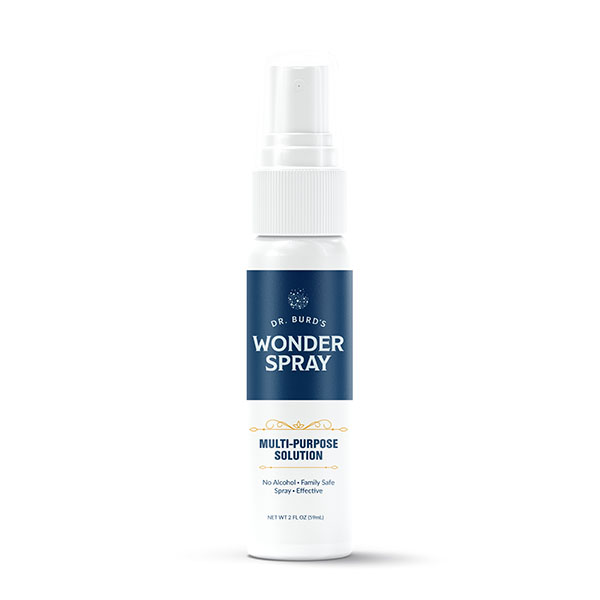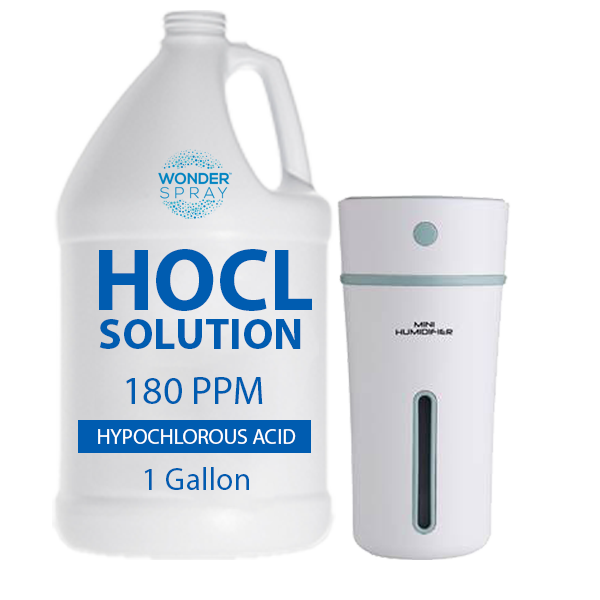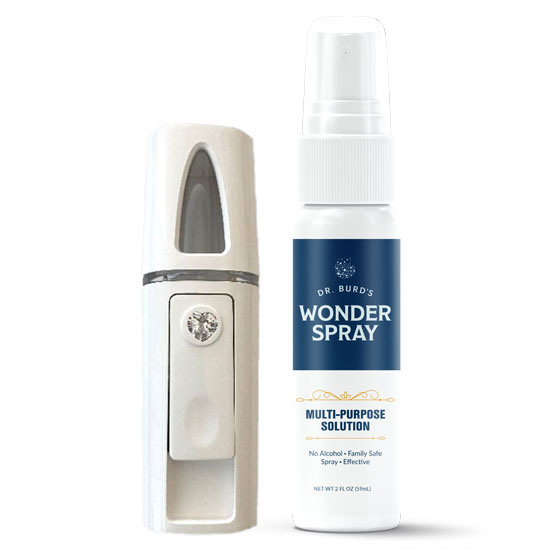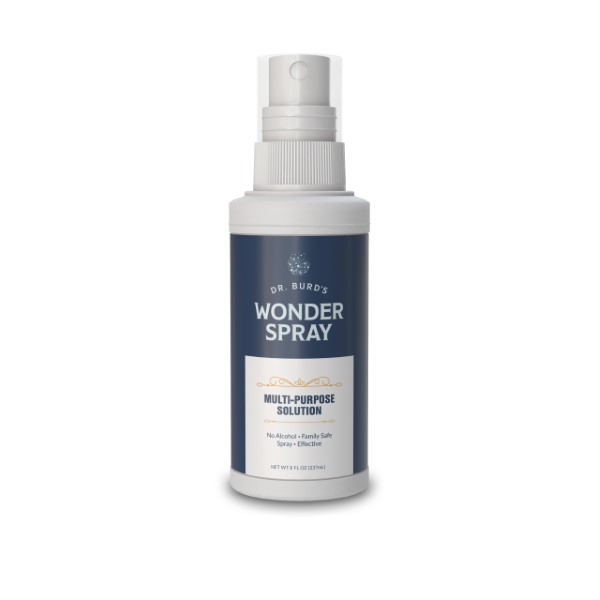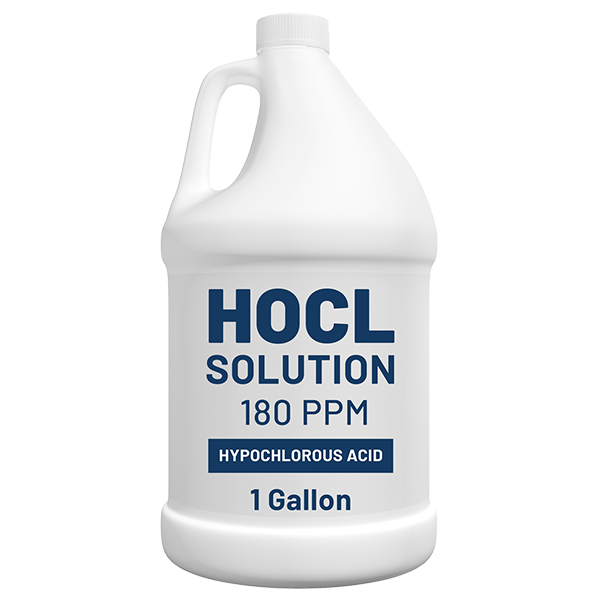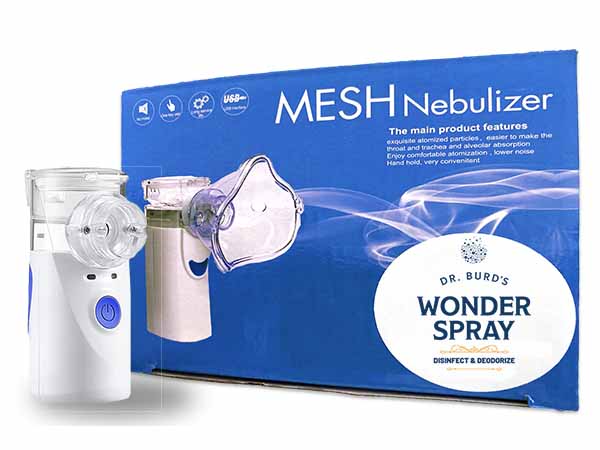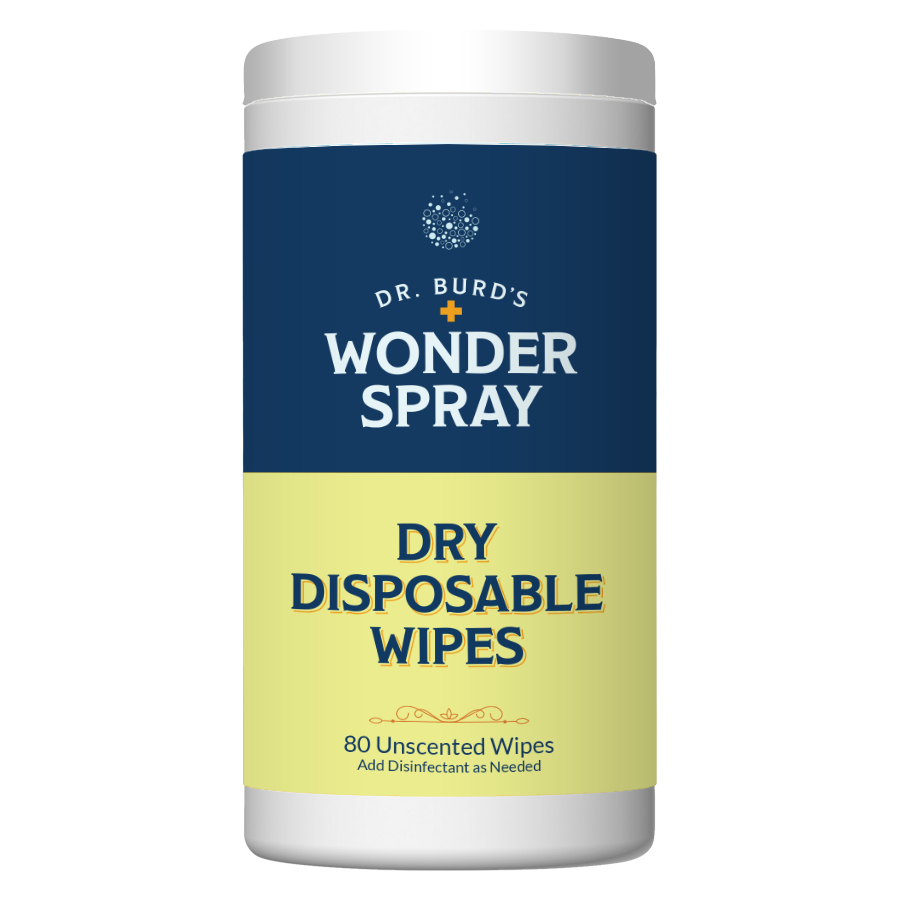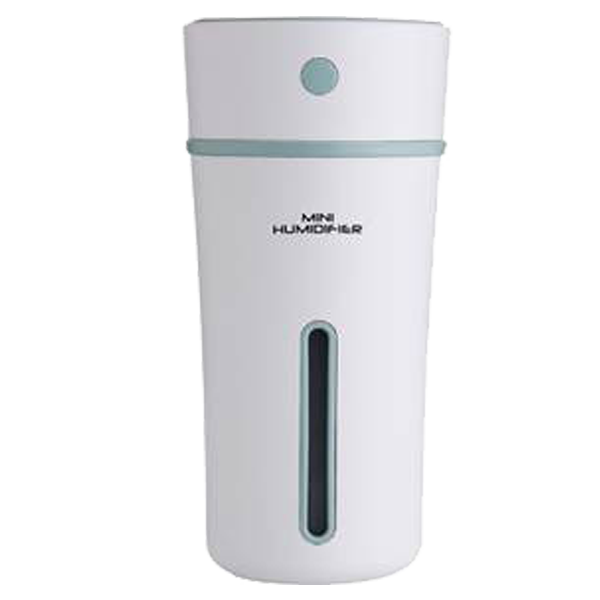Understanding the Shape of HOCl: A Guide to Molecular Geometry and its Benefits
Molecular geometry is a crucial aspect of organic chemistry that governs the physical and chemical properties of molecules. It refers to the three-dimensional arrangement of atoms that make up a molecule and dictates its behavior, such as its reactivity, polarity, and solubility. One such molecule that has garnered much attention in recent times is Hypochlorous acid (HOCl), a potent and versatile oxidant used for disinfection, sanitization, and wound healing. Its effectiveness is highly dependent on its molecular geometry, which plays a vital role in its interaction with other molecules. In this article, we aim to provide a comprehensive guide on the shape of HOCl and its benefits.
The Shape of HOCl
HOCl is a covalent molecule that consists of two atoms: hydrogen (H) and chlorine (Cl), which are bound by a single covalent bond. It is an endothermic molecule with a boiling point of 53 degrees Celsius and a melting point of -52 degrees Celsius. The molecular geometry of HOCl is trigonal planar, which means that the molecules’ three atoms are arranged in a flat, triangle-like shape. The three atoms involved are the chlorine atom, hydrogen atom, and oxygen atom.
The chlorine atom is located in the center and has a tetrahedral electronic geometry, meaning that it has four electron pairs around it. Three of these pairs are bonded to three oxygen atoms, while the fourth pair consists of two electrons in a non-bonding space. The hydrogen atom is bonded to one of the oxygen atoms of the chlorine dioxide molecule, while the other oxygen atom contains the non-bonding pair.
The bond angles between the atoms are crucial in determining the molecule’s shape and properties. The bond angle between the hydrogen atom and the oxygen atom is approximately 104.5 degrees, while that between the two oxygen atoms is about 120 degrees. The resulting shape of the molecule is a flat, triangular planar, with the chlorine atom at the center and the two oxygen atoms at opposite vertices.
The Benefits of HOCl’s Molecular Geometry
The molecular geometry of HOCl plays a crucial role in determining its reactivity, polarity, and solubility, all of which are crucial to its therapeutic and disinfectant properties.
Reactivity: HOCl is a potent oxidizing agent, meaning it can readily accept electrons from other molecules, leading to the formation of oxidation products. The presence of a non-bonding pair on one of the oxygen atoms in HOCl’s molecular geometry makes it a strong electrophile, meaning it can attract electrons from other molecules. Thus, it can interact with other molecules and engage in a variety of reaction mechanisms, including nucleophilic substitution, oxidation, and reduction.
Moreover, the triangular planar shape of the molecule allows for easy access to the electronegative atoms, which can readily accept electrons from other molecules. This leads to the formation of new bonds, which can cause a change in the binding properties of the molecule, resulting in biological activity.
Polarity and Solubility: The polarity of HOCl is determined by the difference in electronegativity between the chlorine and oxygen atoms. The chlorine atom has a higher electronegativity than the oxygen, making it more electron-withdrawing. This creates a polar covalent bond, wherein the shared electrons are closer to the chlorine than the oxygen atom.
The resulting molecule is polar, meaning it has a positive and negative end. The positive end is the hydrogen atom, while the negative end is the chlorine and oxygen atoms. This polarity allows it to dissolve easily in polar solvents such as water and interact with other polar molecules.
Antimicrobial and Anti-inflammatory Properties: HOCl’s molecular geometry allows it to interact with microorganisms and tissues at the molecular level, leading to its antimicrobial and anti-inflammatory properties. It can penetrate bacterial and viral membranes, disrupt their structure and function, and neutralize their toxins.
Moreover, it can interact with inflammatory cells and modulate host immune responses, leading to a reduction in inflammation and tissue damage. These properties make it a potent disinfectant, sanitizing agent, and therapeutic agent for various inflammatory and infectious conditions.
Conclusion
In conclusion, understanding the shape of HOCl is crucial to appreciating its versatile and potent properties. Its triangular planar molecular geometry allows it to interact with other molecules, accept or donate electrons, and form new bonds, leading to its reactivity, polarity, and solubility. Moreover, its antimicrobial and anti-inflammatory properties make it a valuable agent for disinfectant, sanitization, and wound healing. Its versatile and potent properties make it a valuable compound for various applications and will undoubtedly continue to be a focus of research and innovation in the future.
